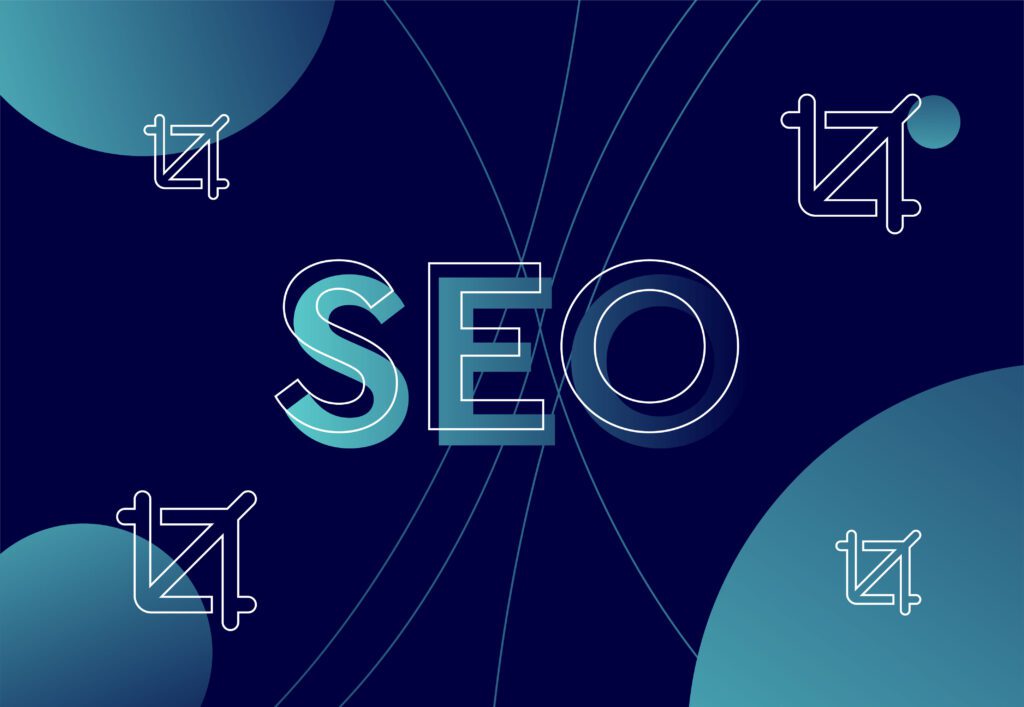
The Language of SEO: Understanding BERT

You’d be forgiven for thinking that BERT is the name of some great founder in the field of organic SEO. But in actual fact, BERT is the thing that keeps Google ticking behind the scenes: an AI model that helps the search engine understand all the unique ticks and traits of the human language.
BERT is a huge leap from the previous ways Google tried to contextualise search queries, often relying mainly on keywords to help glean meaning.
With BERT now at the forefront, SEOs need to optimise their websites for AI understanding as well as reader engagement – or risk falling down the SERPS. In this guide, our team of in-house experts will take you through what it is, how it works and what you can do to stay relevant.
But first, let’s take a closer look at BERT itself.
What is BERT and why does it matter for SEO?
BERT stands for Bidirectional Encoder Representations from Transformers. Phew. Obviously, that’s quite the mouthful – and together, doesn’t give us much indication as to what it does on the daily.
So let’s break it down.
Bidirectional– In the olden days (pre-BERT), AI models would read text in a traditionally Western way, from left to right. BERT actually considers words as a couple, both before and after, to help it get a better sense of context.
Encoder and Representations- Encoders take text and actively convert it into a format that a computer can understand. BERT creates a numerical representation for each word – including the surrounding one – to help encode text.
Transformer- This is the specific architecture BERT uses, which is a neural network that processes words. It focuses on word relationships too, which is what makes this one particularly special.
Usually, SEOs are stressing about ranking updates. These often have major impacts on the way Google searches and sorts information, which is why we scramble to understand and align our existing strategies to meet them.
However, BERT isn’t an update. It’s actually a new way that Google works – a little like the brain reaching maturity – and allows it to better process user intent, searches and overall context.
Implementing this technology helps improve user experience, which is what Google constantly strives to do. A user is presented with relevant, useful content that appeals to their intent instead of content that uses quick SEO shortcuts to try and climb higher in the SERP.
Unlike the days of old, a quick knee-jerk fix such as keyword stuffing will not appease BERT. Instead, SEOs should be focusing on creating high-quality, informative content that answers and addresses user needs.
How to make your website understandable

BERT loves in-depth context. But first and foremost, it’s a language processor.
For SEOs, focus on creating content utilises natural language, understanding and ultimately anticipating user questions.
To do this:
- Target longer-tail keywords and structure useful content around those, rather than taking a scattergun approach that prioritises keyword volume. It won’t serve you here!
- Make sure you structure your site well, putting readability and information at the heart of your writing. After all, BERT gleans context from user engagement metrics. If your readers are enjoying and engaging with your content, then it shows the model that this is a great example of text.
- Optimise for user intent and by focusing on the reason behind a user search, you improve the usefulness of your content.
- Focus on conversational, natural language. Due to the NLP technology, it’s best to make your content sound as natural as possible and make it easy to comprehend.
- As mentioned, pay attention to the reliability of your content. Use limited jargon and try to explain complex concepts in simpler terms.
- Implement topic clustering! Covering a broad range of topics positions your site as informative and a useful place for a user to find all the information they need.
It might seem simple, but it goes to show that a little sense goes a long way.
But does BERT have any limitations?
Like anything in life, BERT doesn’t come without its fair share of limits that require a few extra considerations for you.
While it has a good grasp of human language, it doesn’t exactly take into account negation, meaning there are potential misunderstandings. So, there’s a slight restriction on how much context it truly understands. This means it’s crucial to create clear content that means exactly what it’s saying.
Looking ahead
As with most SEO rollouts, BERT is very much a work in progress. As one of the main natural language processors deployed in our everyday lives, we can expect Google and BERT to rapidly change over the course of the next few years – even months.
Just make sure you keep producing useful content that looks, feels and sounds human – even for the purpose of AI – as BERT can quickly become your friend.
TLDR
- BERT is an AI model that helps Google understand search queries better. It is smarter than other NLPs that came before it, using a coupling method to contextualise words and language.
- BERT looks at user engagement metrics, so if users are finding your content valuable and are staying engaged, it’s a thumbs up!
- To tackle any upcoming changes with BERT, SEOs should continue to focus on creating well-structured, informative content that keeps users on your site.
Put your best BERT forward with Embryo
When it comes to natural language processors, BERT and strategies – we know it can feel overwhelming for businesses. So whether you’re short on time, why not let our team of top-notch SEOs and content experts lighten the load?
WIth years of experience in creating specialised content plans and SEO strategies for clients across numerous sectors, we’re the go-to for businesses looking to searched and seen.
To get key insights into your SEO – or to get your content journey started – get in touch with us today!